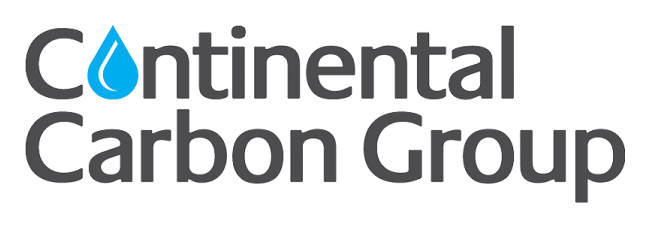Dewatering and Filtration for the James Street Condominium Tower
SOLUTION: Treatment for removal of total suspended solids (TSS) and Manganese
SYSTEM: Dewatering and Filtration System
MEDIA: Activated carbon and MAG50 speciality media
SERVICES: System design, equipment and media, supply, testing
LOCATION: Condominium tower in the Greater Toronto Area, ON
Project Overview: Dewatering and Filtration System
Continental Carbon Group (CCG) engineers recently completed the design, supply, and installation of a dewatering and filtration system for a condominium tower under construction in the Greater Toronto Area, Ontario.
The James Street condominium tower construction project required a system that could handle a flow rate of 28 GPM to remove total suspended solids (TSS) and manganese contaminants. To meet the builder’s needs, CCG supplied a Triplex MAG50 system, a chemical dosing system, a holding tank, two 10,000-gallon Weir Tanks, two 1,000-lb GAC vessels, a duplex, a single bag housing, and four different-sized pumps.
System Solution for Condominium:
Constructing new condominiums, parking lots, or hospitals involves excavation. When water is encountered, it must be extracted, filtered, and directed to a sanitary or storm sewer system or even a nearby creek or lake as per the requirements of the site while ensuring environmental compliance.
The hydroG is drafted by consultants prior to construction and laboratory tests are completed beforehand, taking water to check for potential contaminants and determine the flow rate. Municipal and regional by-laws dictate the necessary filtration based on groundwater quality.
Water Quality Assessment and Contaminant Treatment:
In this specific project, treatment for manganese and total suspended solids became necessary due to concentrations exceeding prescribed limits. While contaminants like TSS are common during site excavations, other types can vary and require a customized solution. The need for treatment arose from environmental regulations governing the area, mandating a thorough approach to manage contaminants effectively.
Managing this turbid water necessitates initial filtration and a sediment control system, as it cannot be directly discharged into sewer lines. However, the composition of other organic and inorganic contaminants, such as manganese, iron, copper, zinc, phosphorus, and BOD, varies from one project to another. We can tailor the required system based on laboratory reports’ findings.
Contact us today to learn more about our comprehensive water services and how we can help meet your specific needs.

